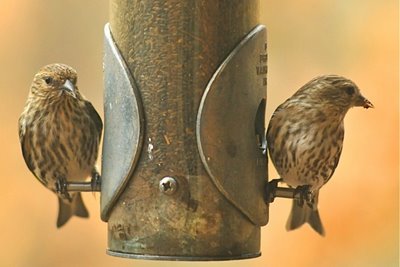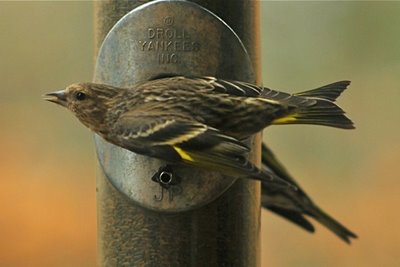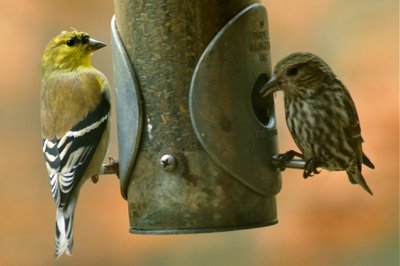Bird Showers
Friday, February 27th, 2009In a calm, cool, steady rain this morning, a Red-bellied Woodpecker sat out in the open on a branch and took a nice long shower, fluffing up its feathers, fluttering its wings and preening. It stretched out low on a lichen-covered pecan branch and rubbed its belly vigorously, sat up, preened its breast and belly and under each wing again, and scratched its head with one foot.
In the branches of other trees nearby at the same time, two Blue Jays, a Titmouse, a Cardinal and a Mockingbird also sat out in the rain and fluttered, fluffed and preened.
A Yellow-bellied Sapsucker – a handsome black and white and buff, with a deep crimson throat – stopped by one of the pecan trees looking wet and disheveled. He shook his feathers and fluffed them out, but never paused in his work, tapping and circling around.
More than two dozen Robins foraged in the open grass, heads held high, running, stopping, looking around, now and then poking at the ground. Chipping Sparrows fed in the grass all around them, much harder to see, low to the ground, looking like moving pieces of the grass. Two black Starlings stood apart from the others, on the edge of the grass, as if not sure they wanted to be there.
Two Pine Warblers and one Phoebe sang, a Mourning Dove cooed somewhere in the distance, and four or five Pine Siskins sat high up in the treetops and chirped and twanged zhreeeeee, a sound that still makes me smile every time I hear it. It’s a strange, exotic kind of music that for me is almost hypnotic – I just want to listen to it over and over again.
Lots of birds were active in the rain around the yard – Downy Woodpecker, Titmice, Chickadees, several Dark-eyed Juncos, Yellow-rumped Warblers, one Pine Warbler feeding in grass at the edge of the driveway, Bluebirds, and a male Towhee pecking at the ground in the shelter of wax myrtle shrubs.
The rain continued all day – a steady, soaking, welcome rain – until late afternoon, when it paused for a while and I took advantage of the break to get outside for a quick walk. Clouds filled the sky in many shades and shapes and fantasies of gray and white, some high and silky smooth, others low, dirty gray and thin, some whipped charcoal-blue, or milky-cream, or soft dove gray, or pearl, or sullen, drooping dark gray – and more. They kept my attention most of the way.
On the edge of the Old Field, a spray of about a dozen Song Sparrows flew up into tall, dead brown grassy weeds. Small flocks of Cedar Waxwings clustered in the tops of trees looking wet and less lively than usual. House Finches, Bluebirds, Cardinals and Brown Thrashers sang. And one Turkey Vulture perched on top of a utility pole with its wings stretched out to dry.


